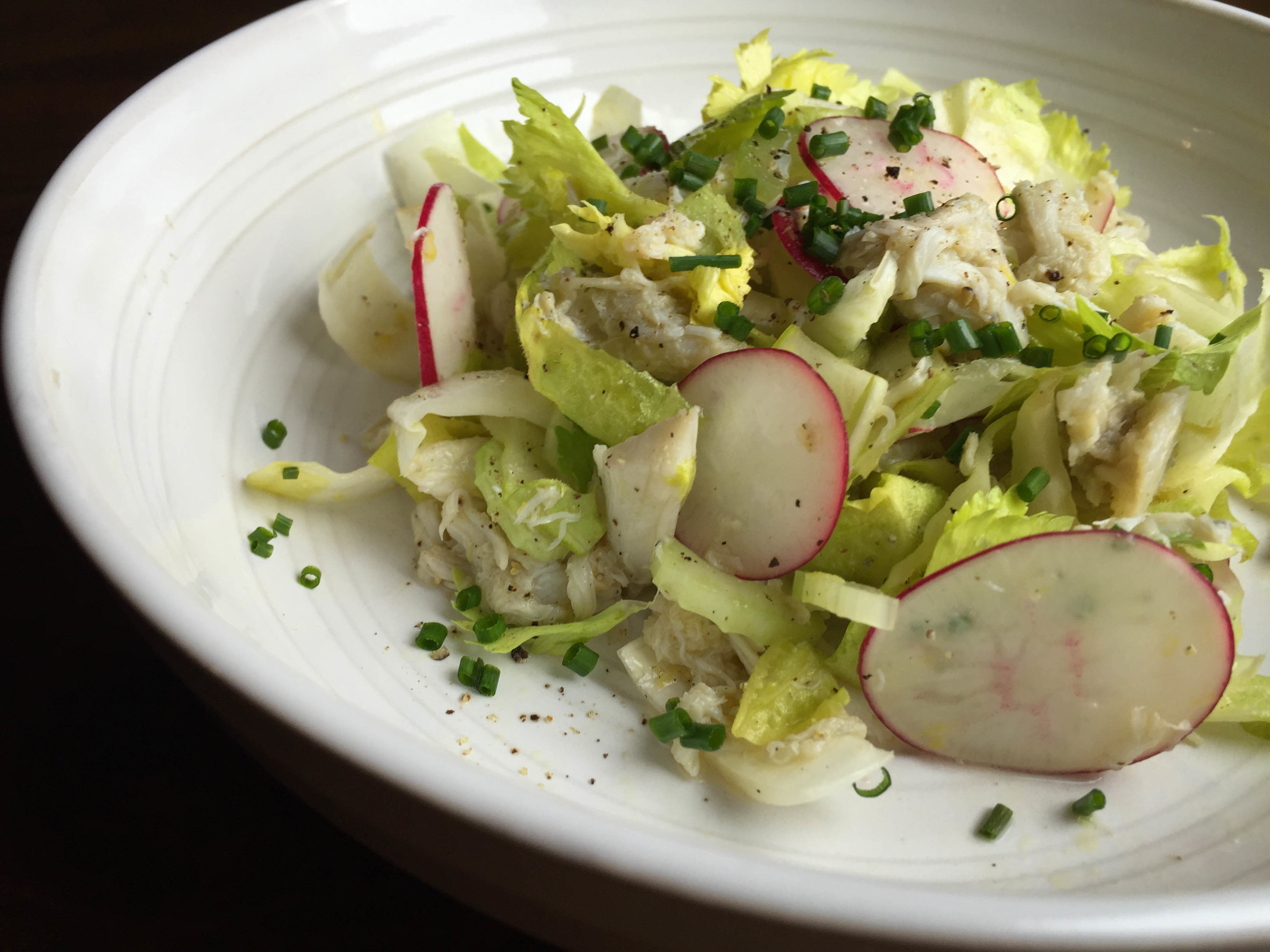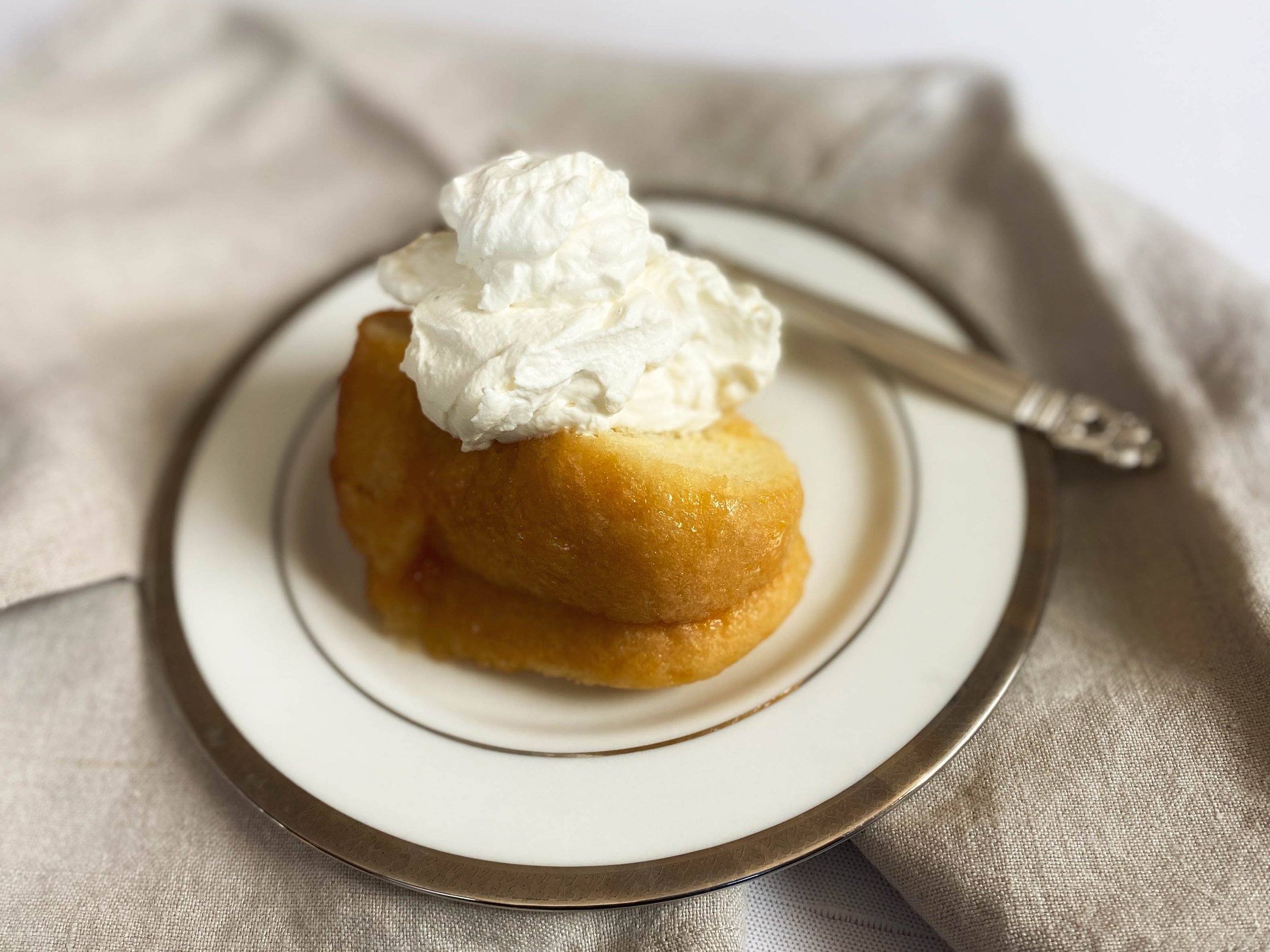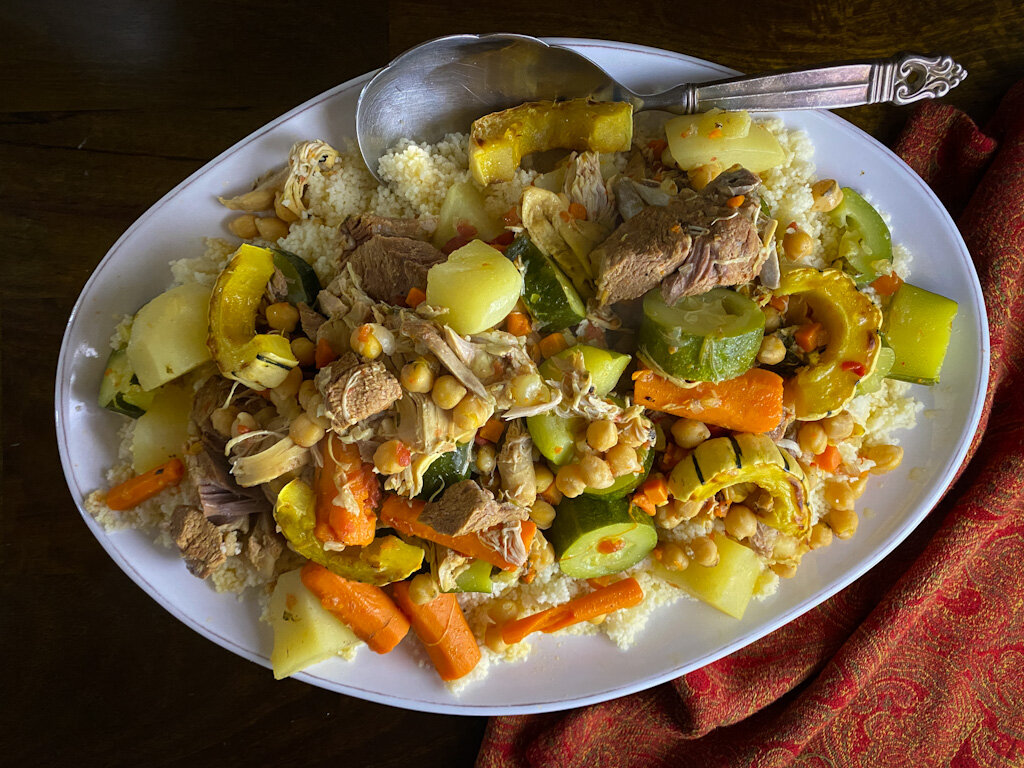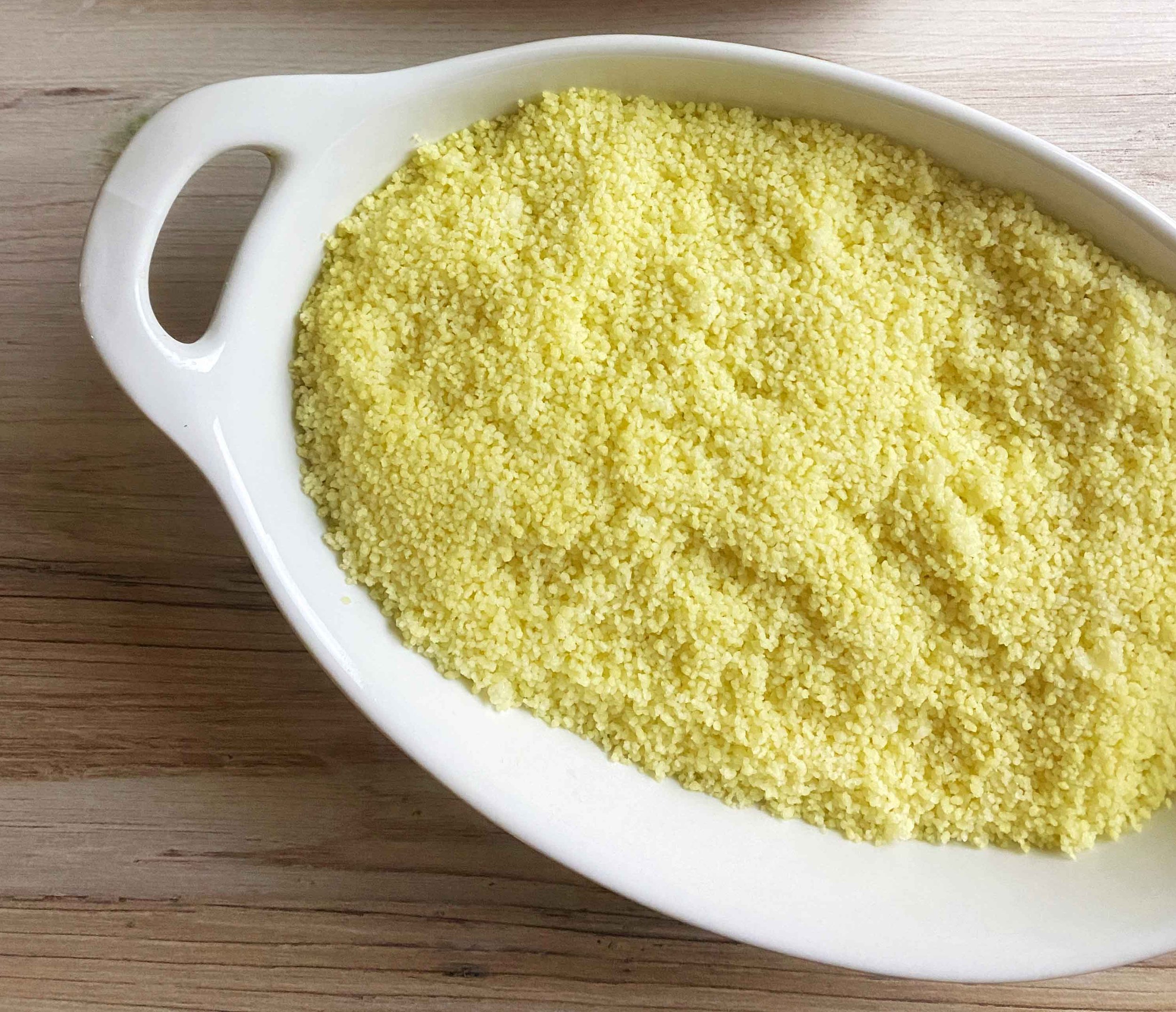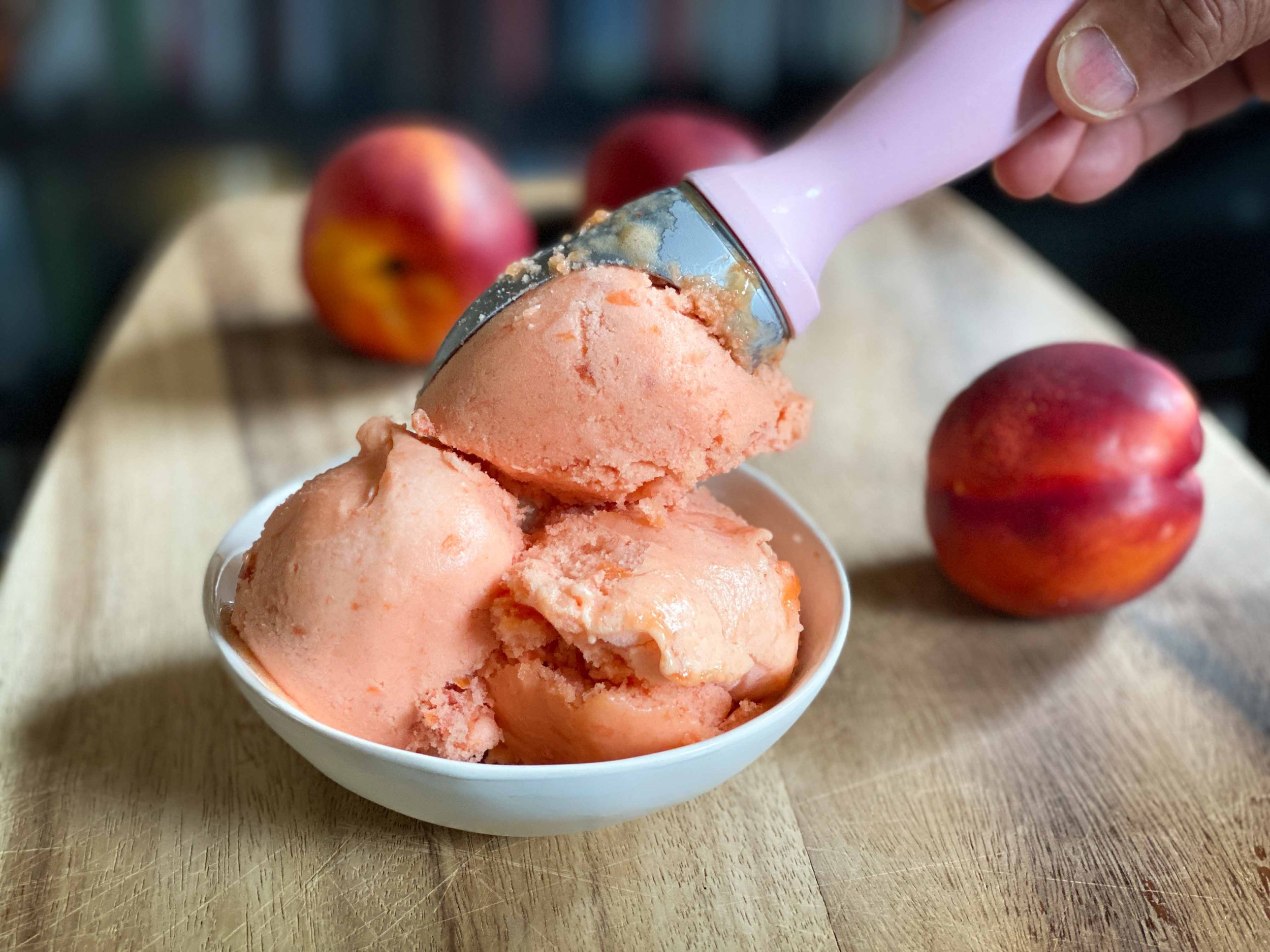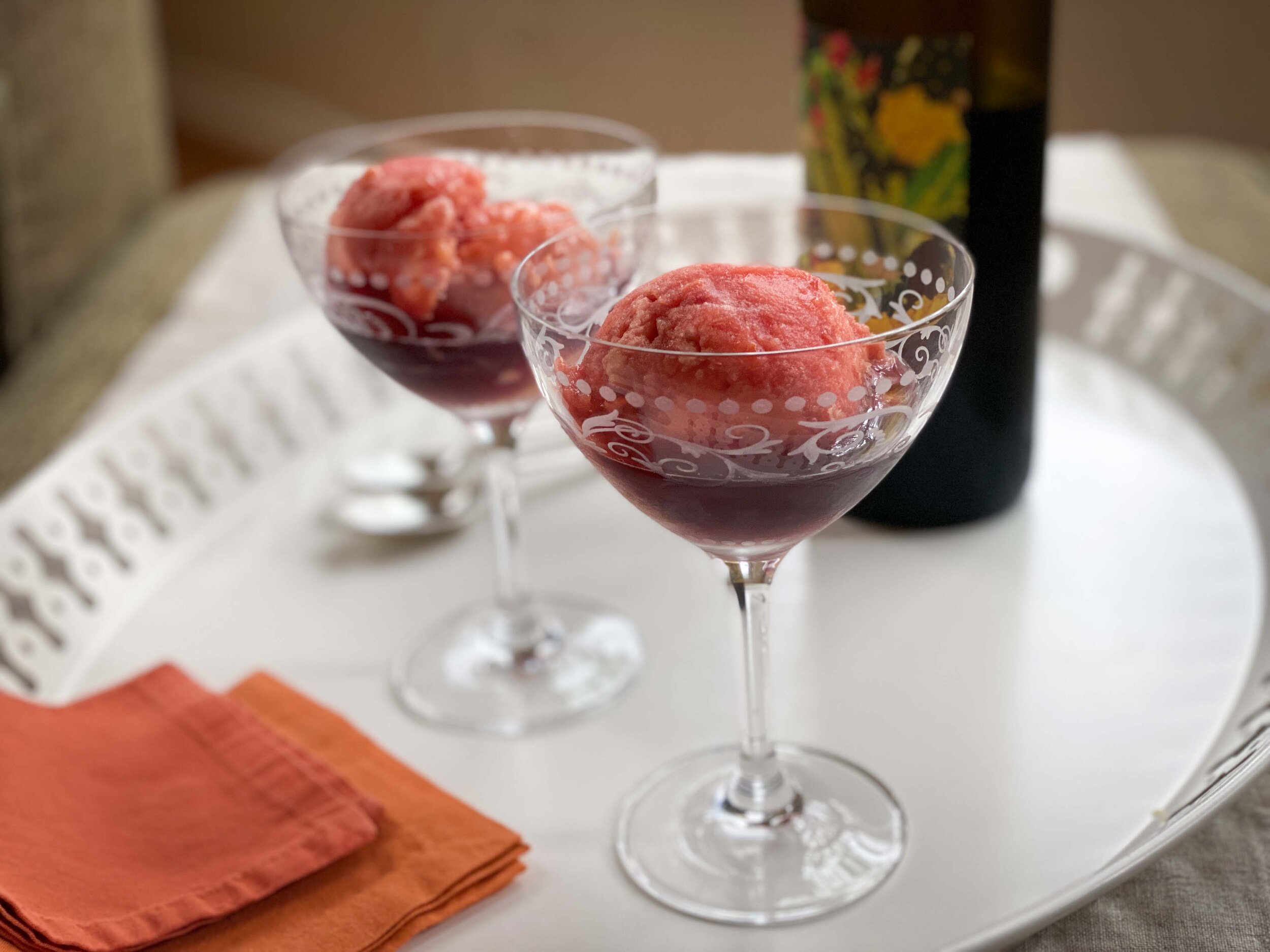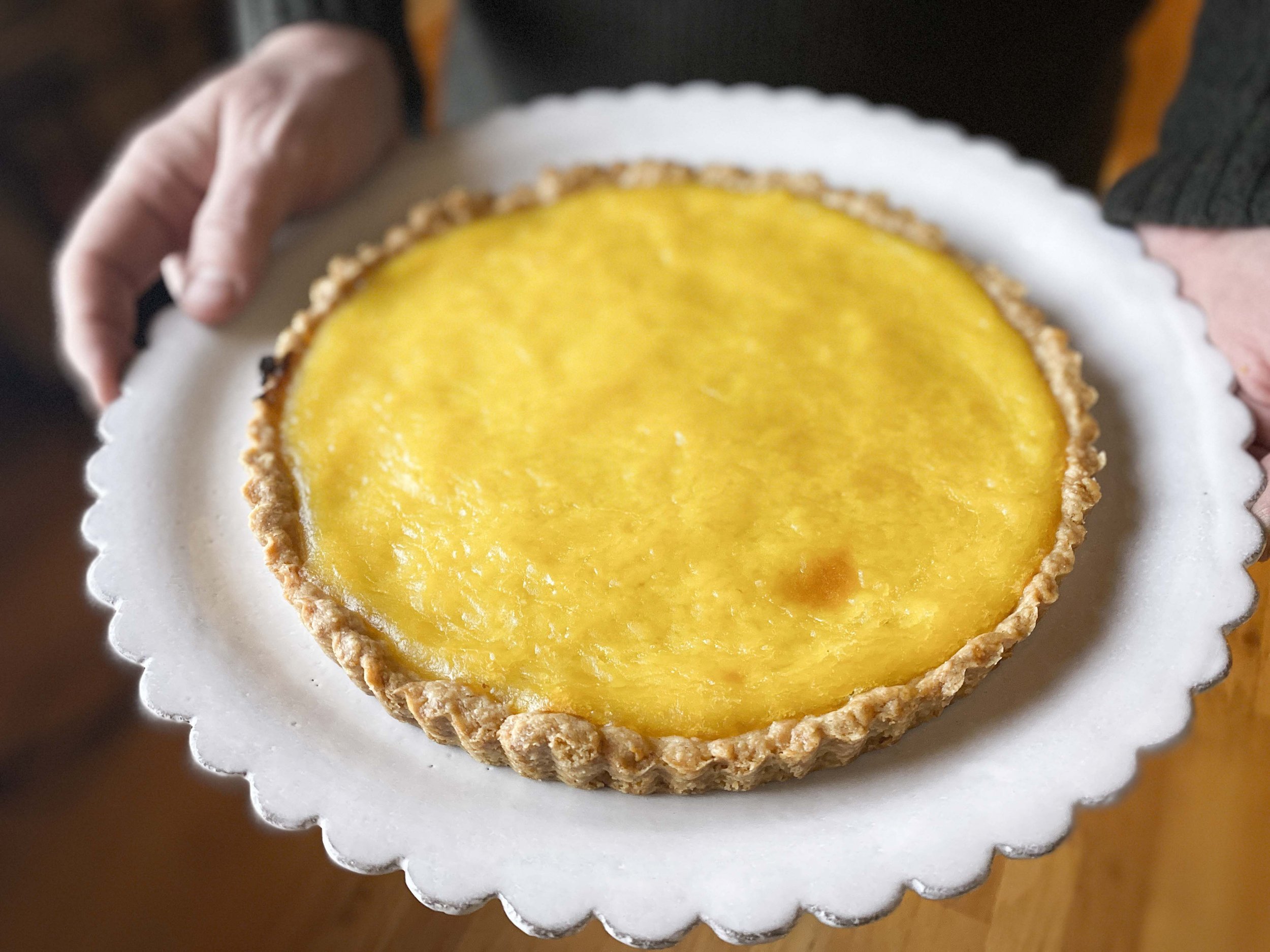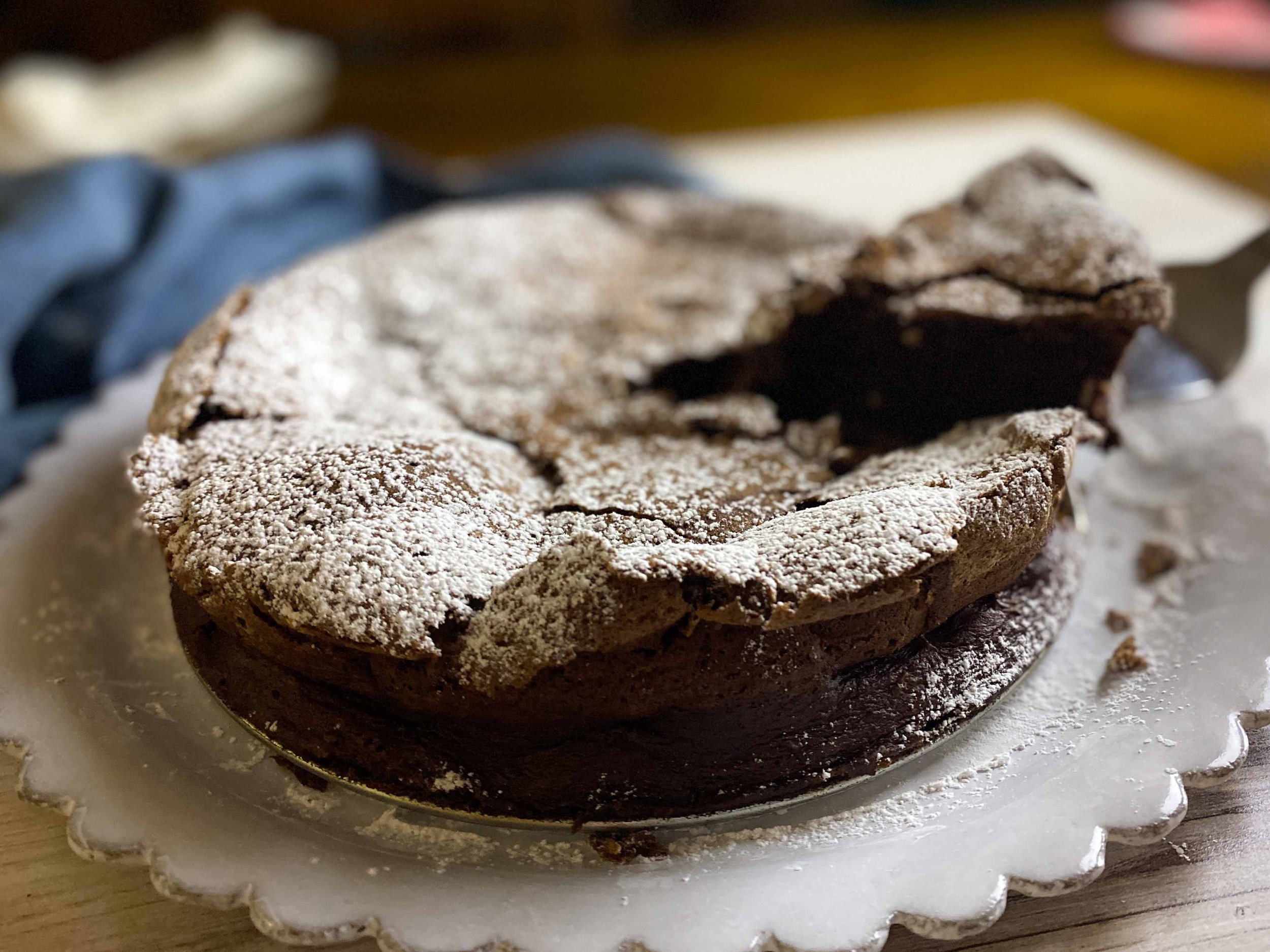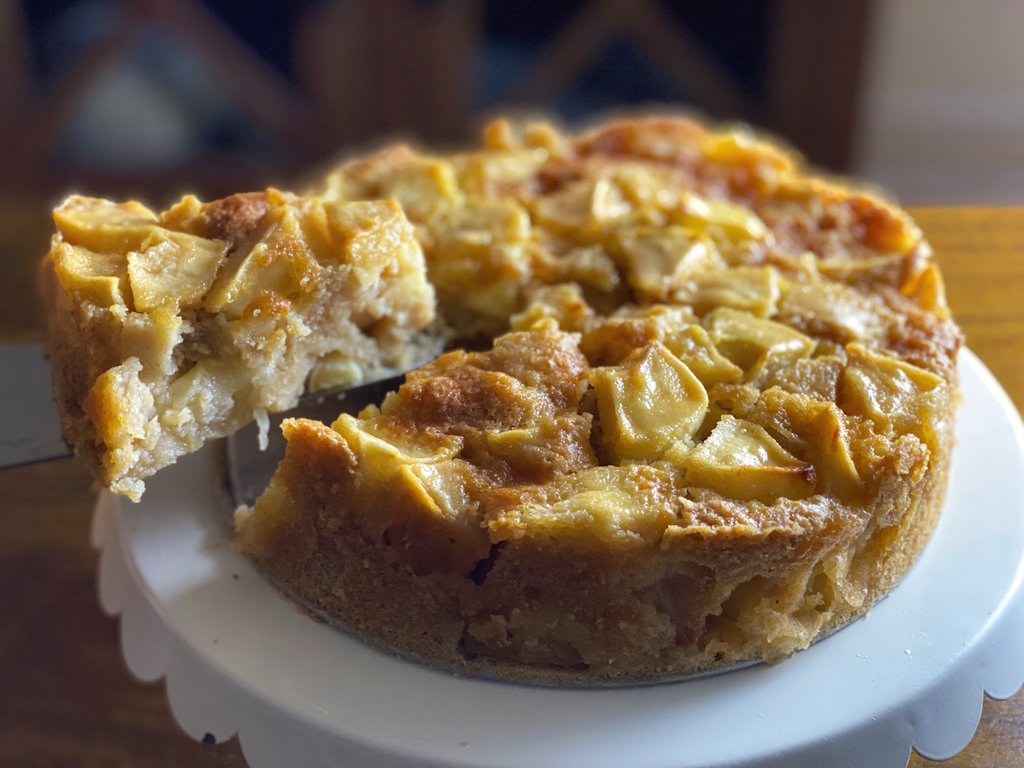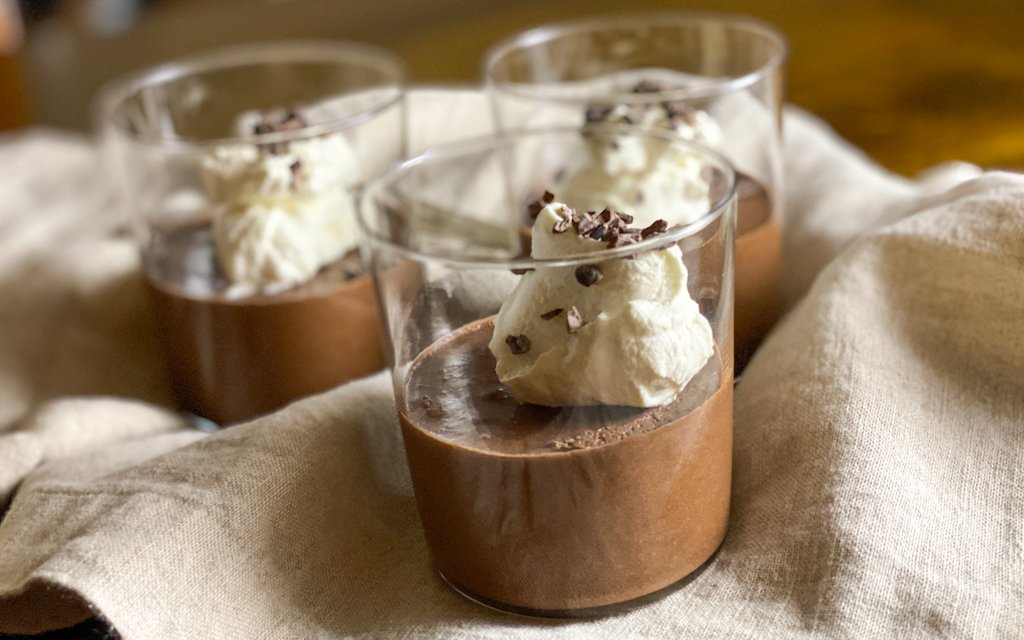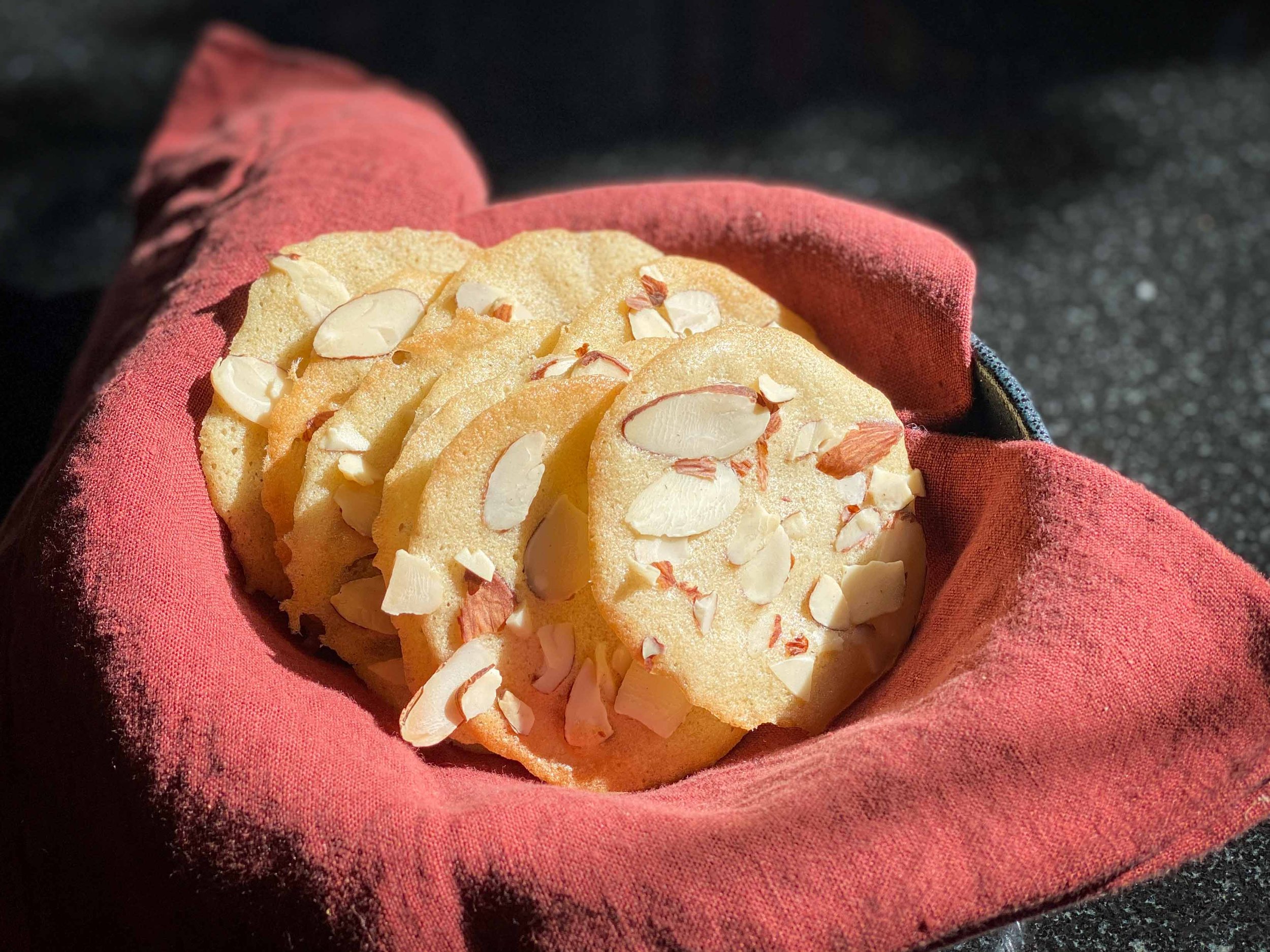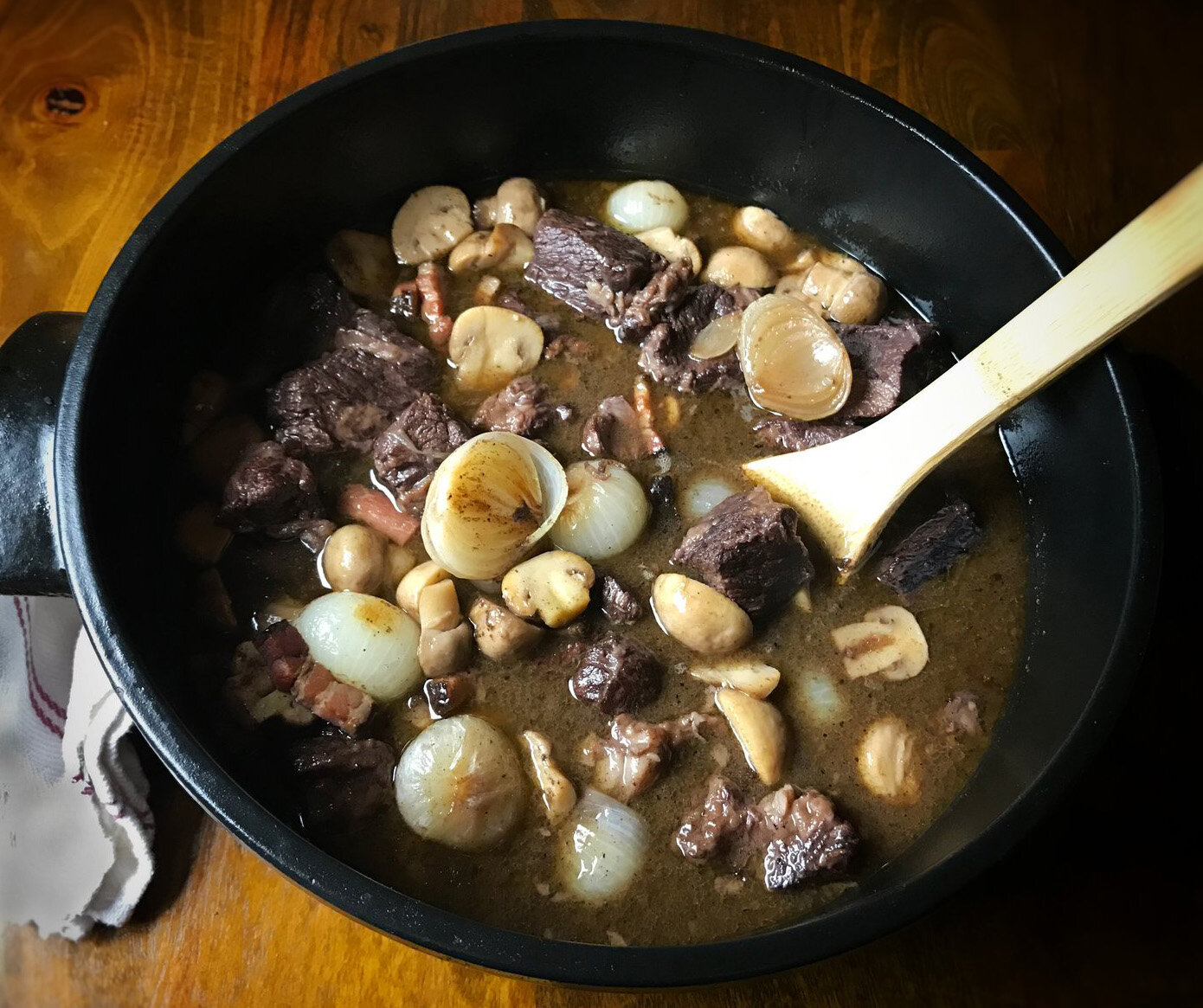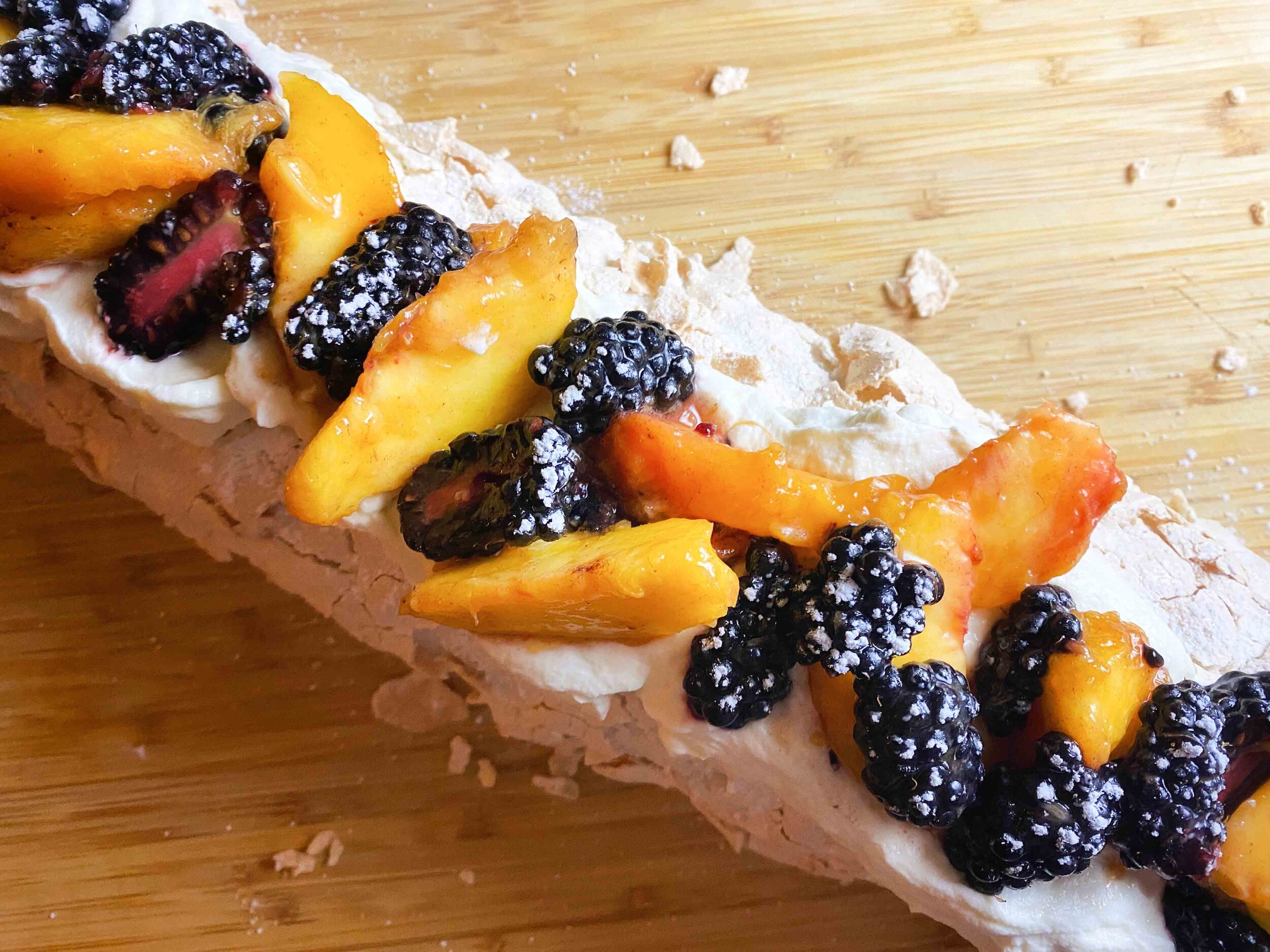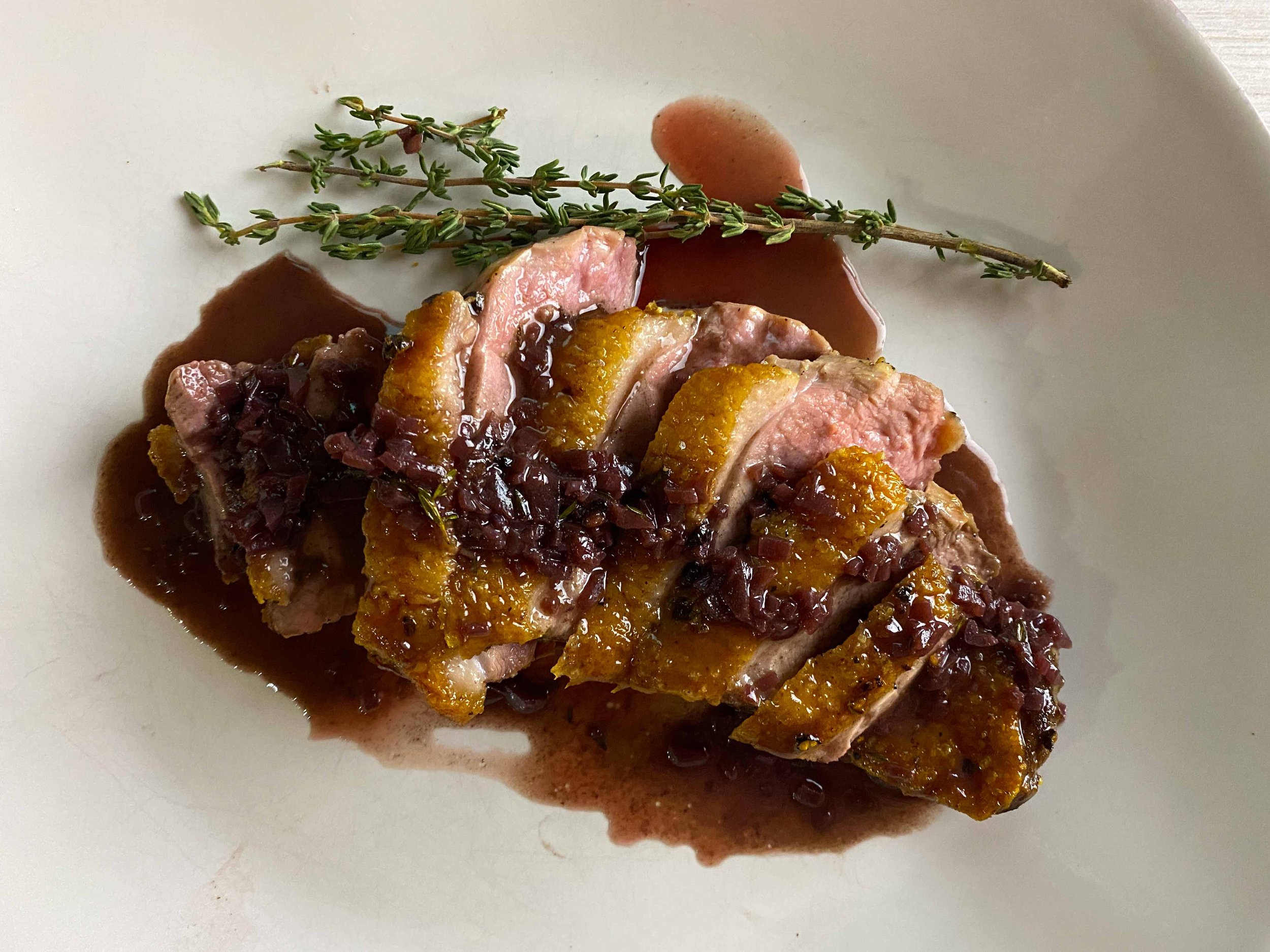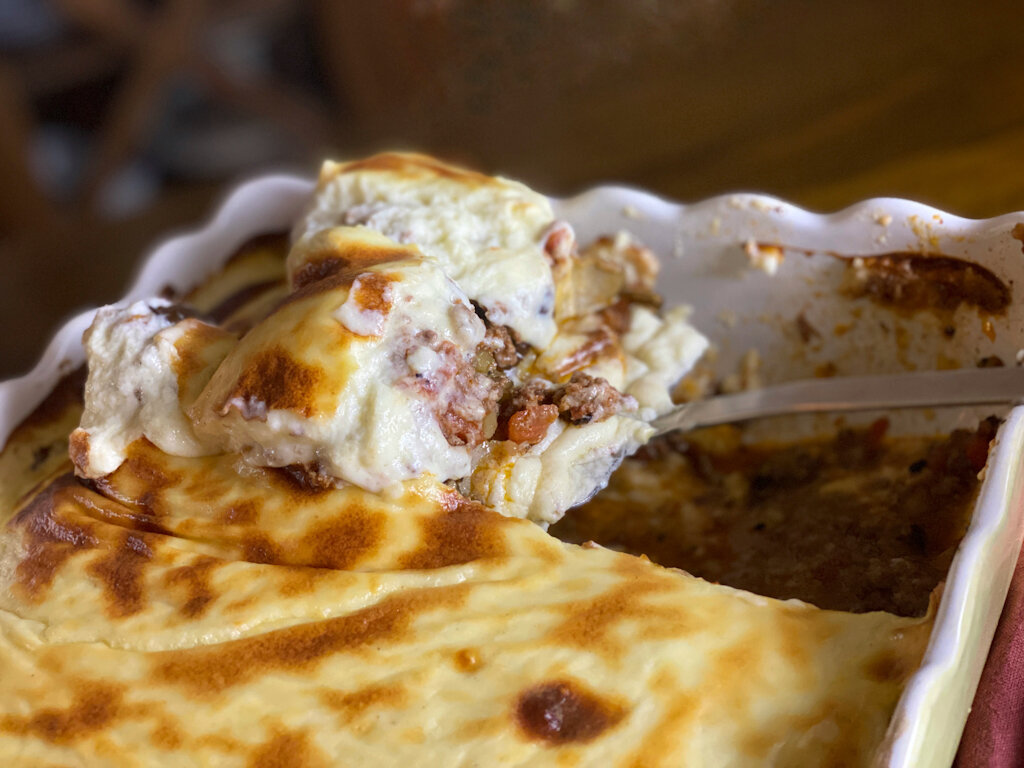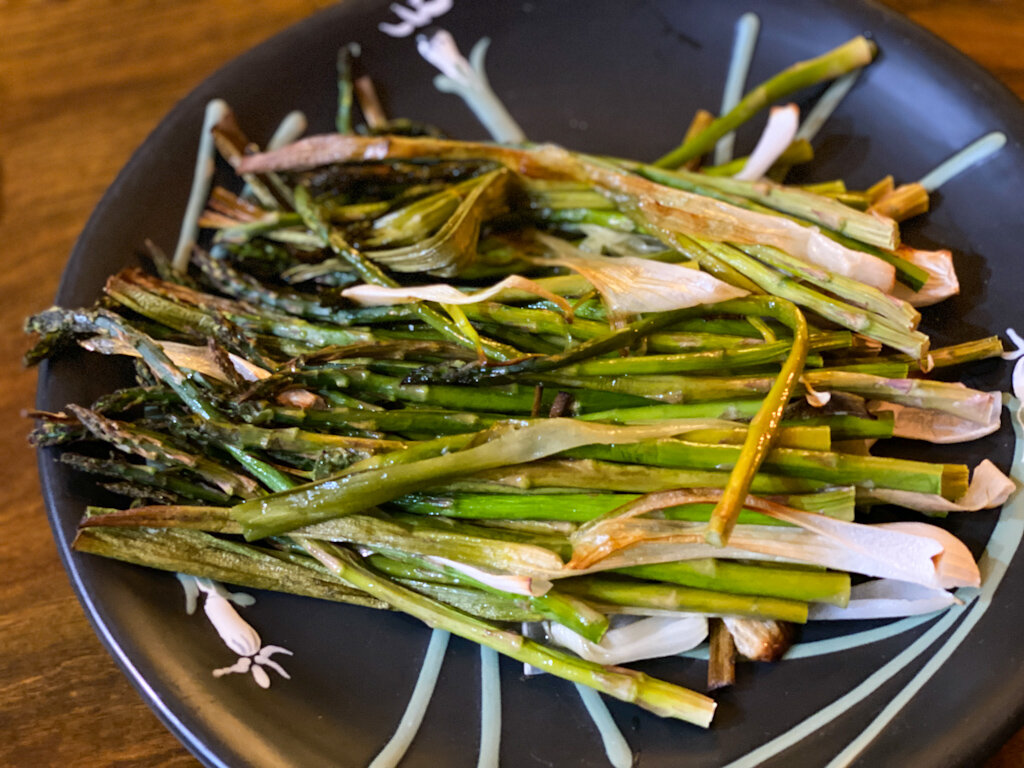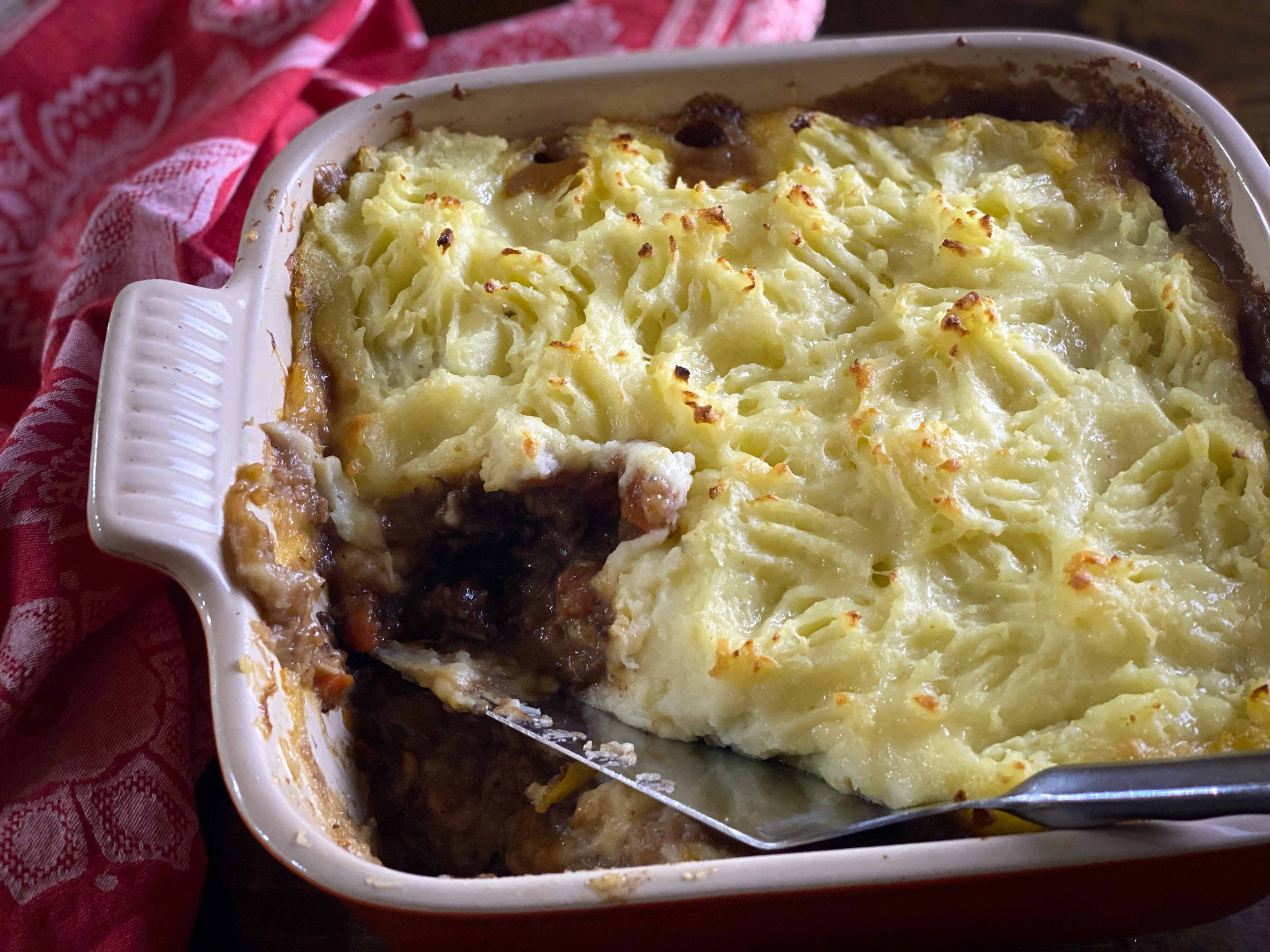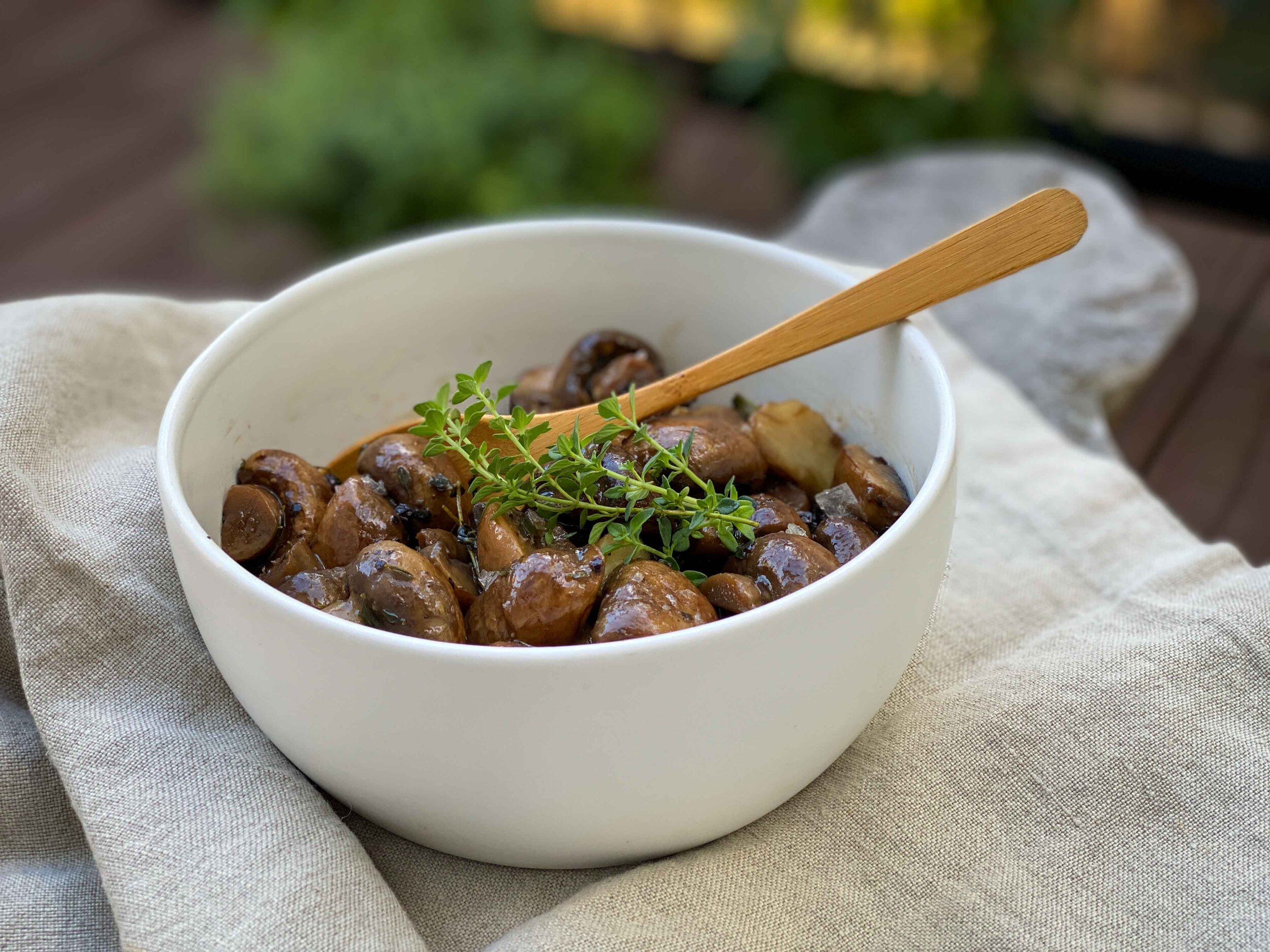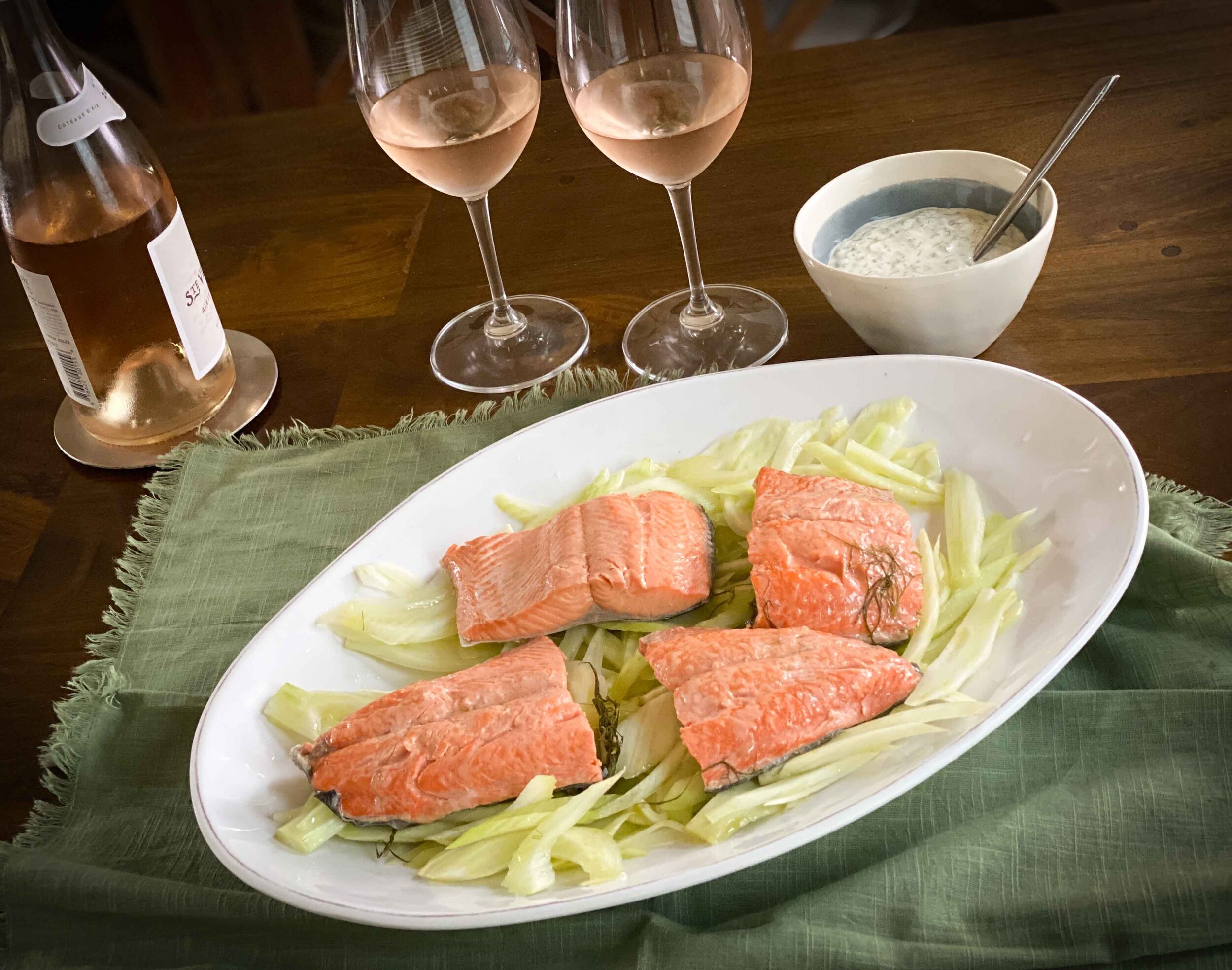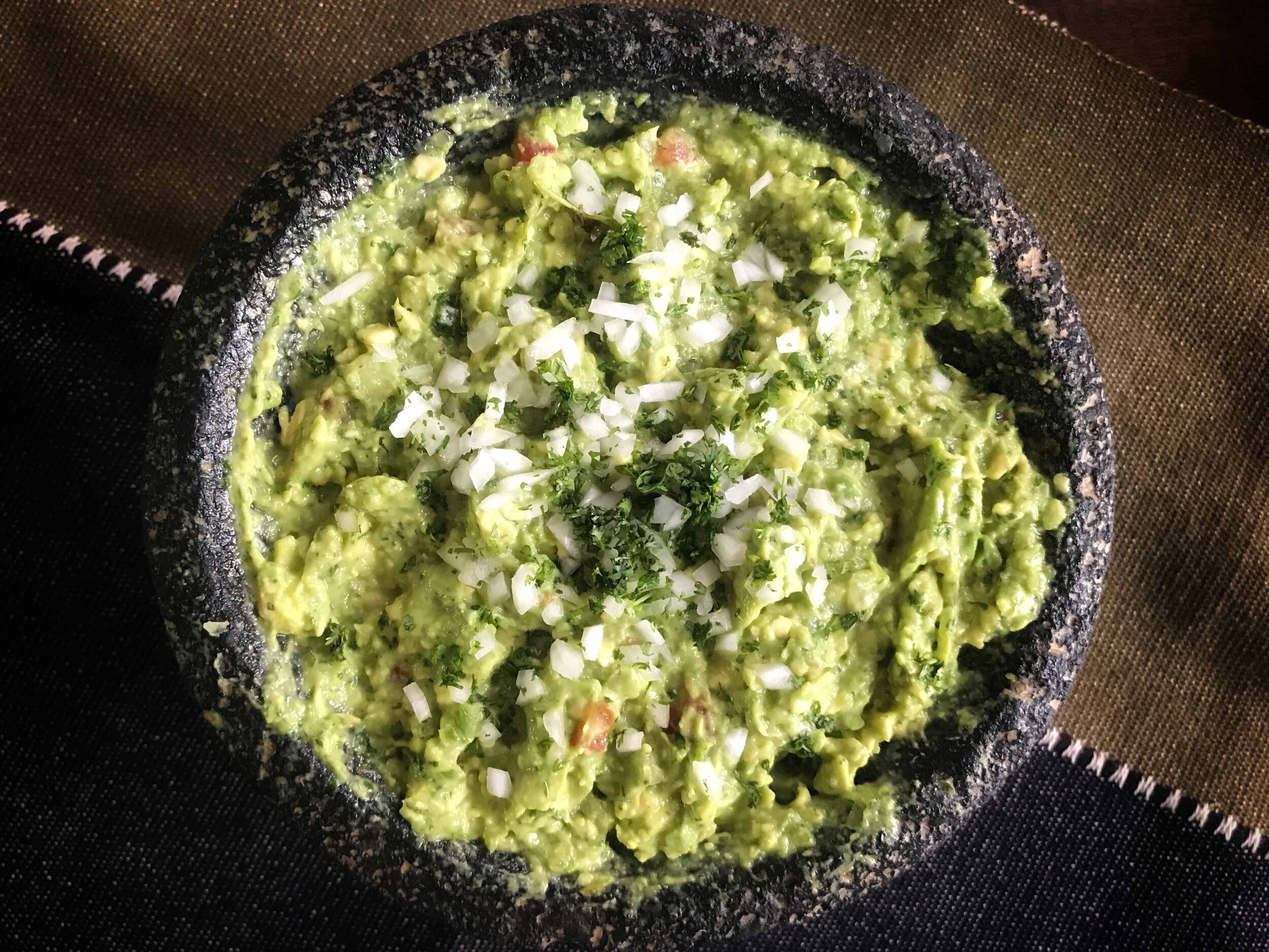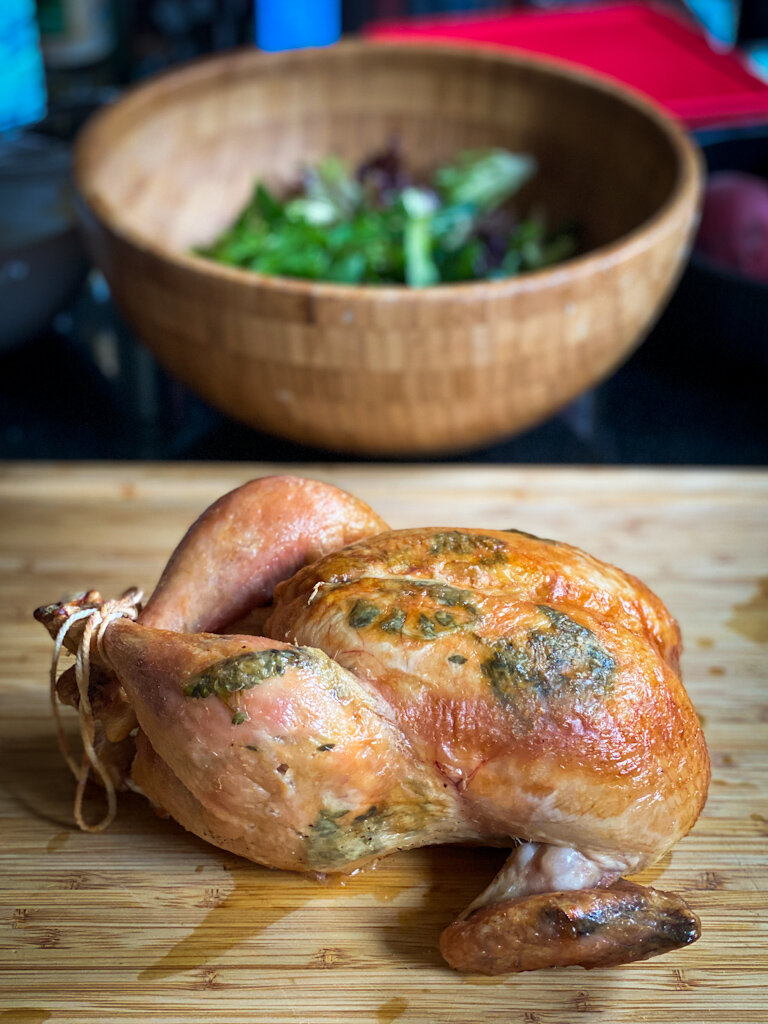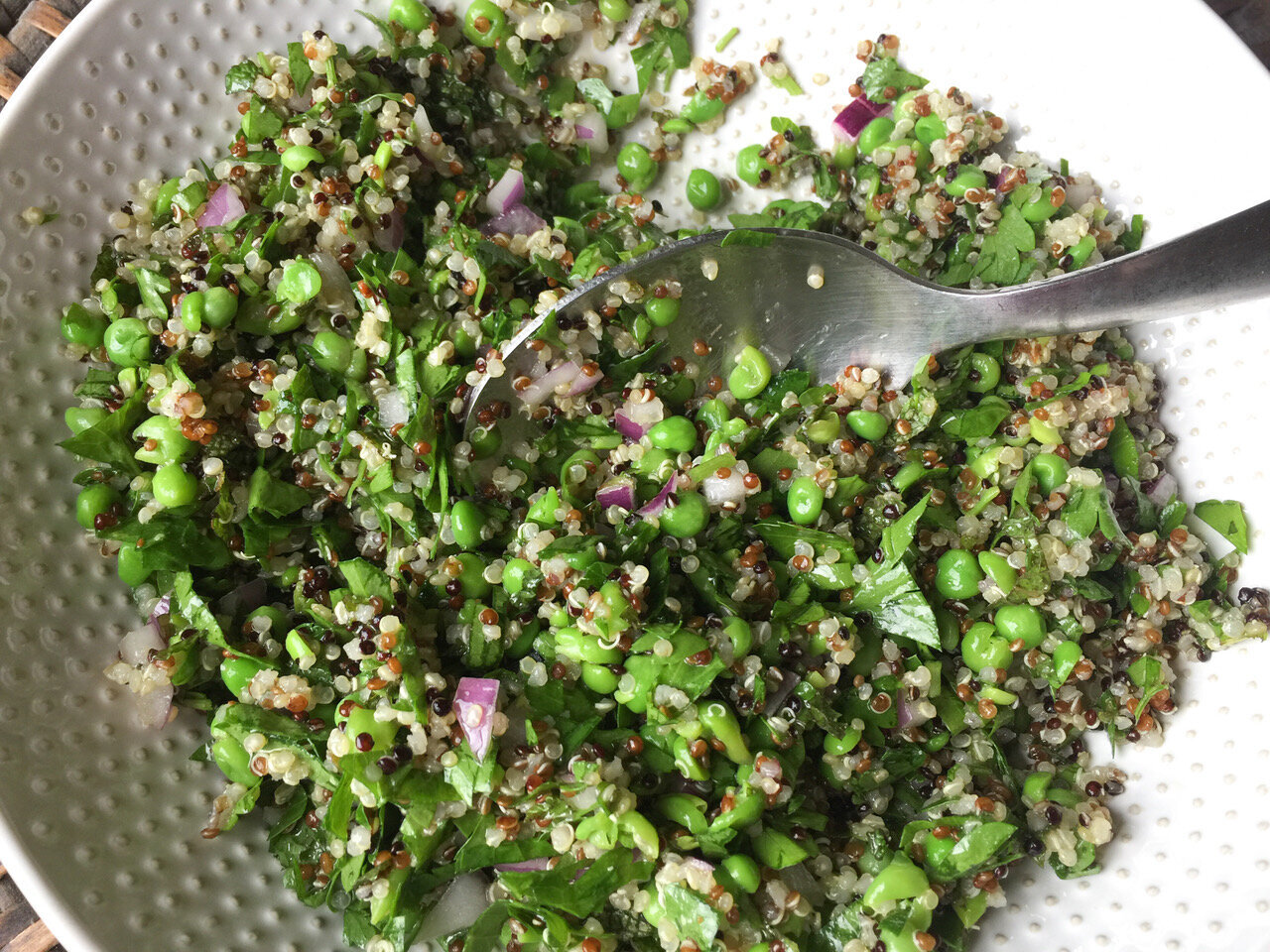By Leslie Brenner
[Editor’s note: This story was originally published, in slightly different form, on May 28, 2021.]
This weekend marks the official unofficial season opener for summer’s most craveable side dish — the underdog show-stealer of every picnic or potluck. We can all pretend we can do without it, and then boom! A great potato salad blindsides us with deliciousness.
Here are five — three American, and two Japanese-style — that will round out your celebrations from now through Labor Day. (And probably beyond!)
Why Japanese-style? Because potato salad is a delicious example of yoshoku — Western dishes that migrated to Japan in the late 19th century and became truly Japanese. There’s something truly fabulous about this particular yoshuku fusion; Japanese flavors really make potatoes sing.
1. Herb-Happy Potato Salad
Red potatoes, red wine vinaigrette and either shallots or scallions come together under a flurry of fresh, soft herbs with this light, quick vegan potato salad that’s a snap to make.
2. Salaryman Potato Salad
Salaryman Potato Salad: Each portion of the Japanese potato salad gets topped with half an ajitama marinated egg
Mayonnaise-based and built on russets, this cucumber-laced Japanese potato salad gets umami from HonDashi (instant dashi powder — a secret weapon of many a Japanese chef). Each portion is topped with half an ajitama, the delicious (and easy-to-make) marinated egg that often garnishes ramen. We fell in love with the salad at Salaryman, Justin Holt’s erstwhile ramen house in Dallas, and chef Holt was kind enough to share the recipe.
3. Jubilee Country-Style Potato Salad
When I came upon this recipe in Toni Tipton-Martin’s award-winning book, Jubilee: Recipes from Two Centuries of African American Cooking, it was so luscious it sent me into a potato-salad binge that went on for weeks. Eggy, mayonnaise-y and old-fashioned (in a good way!), it reminds me of the potato salad my mom used to make. Try not to eat the whole bowl.
4. Sonoko Sakai’s Potato Salada
For a different style of Japanese potato salad, try Sonoko Sakai’s “Potato Salada” from her award-winning book, Japanese Home Cooking. It’s dressed with homemade Japanese mayo and nerigoma (Japanese-style tahini), but sometimes we cheat and use Kewpie mayo (our favorite brand of commercial Japanese mayonnaise) and store-bought tahini. We love the carrots, green beans and cukes in this one!
5. Best Potato Salad Ever
Is it really the best ever? You’ll need to try it to see what you think, but I think if I had to commit to only one for the rest of my life, it would be this one. The secret to its wonderfulness is New Wave Sauce Gribiche — soft-boiled eggs tossed with chopped herbs, capers, cornichons and shallots, plus Champagne vinegar, lemon juice and Dijon mustard. Stir that into sliced boiled potatoes, and you get something rich, tangy and absolutely delicious — a potato salad that’s actually main-course-worthy, but also makes a dreamy side dish.
Have an excellent, potato-salad-filled Memorial Day weekend!








